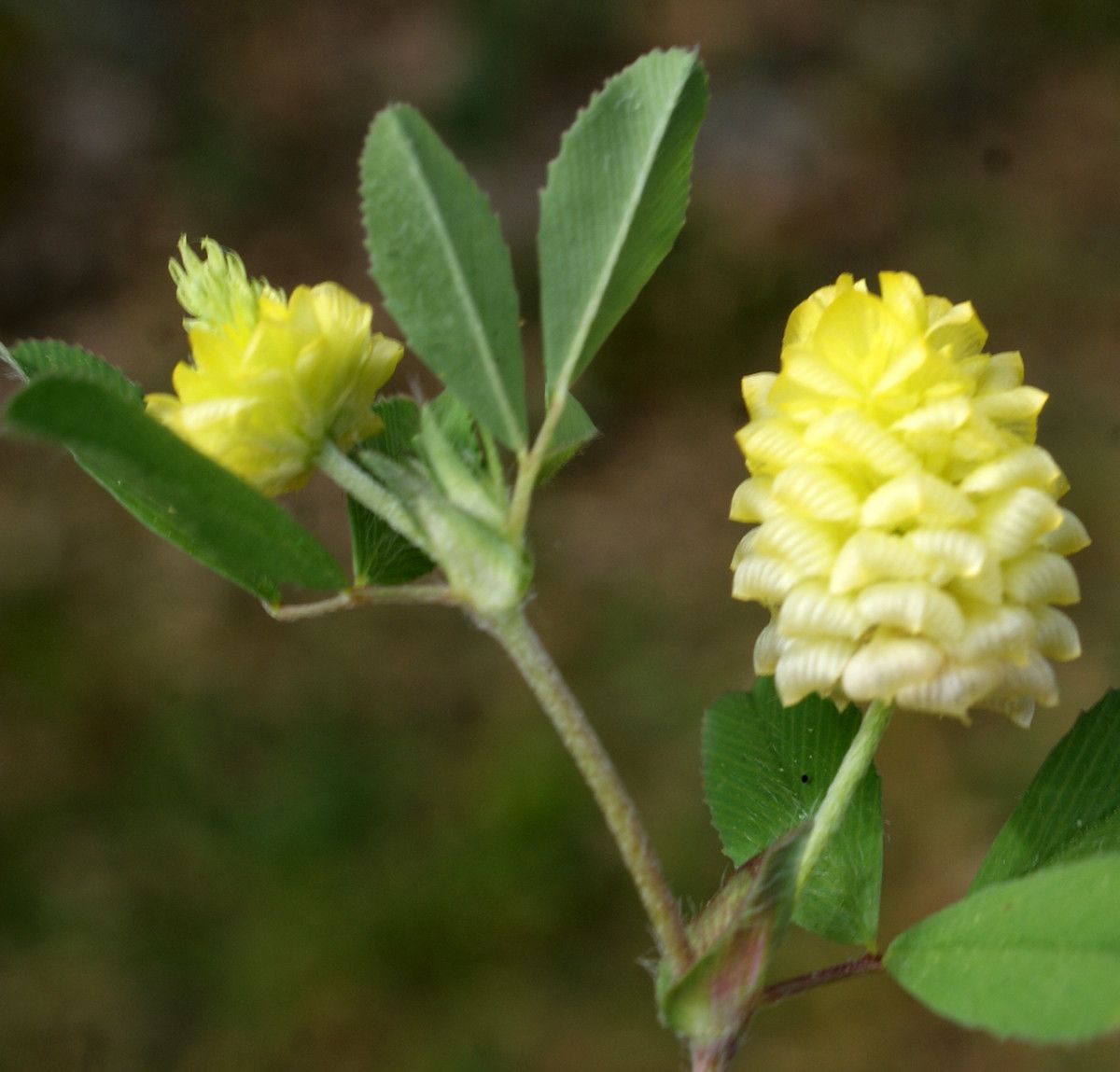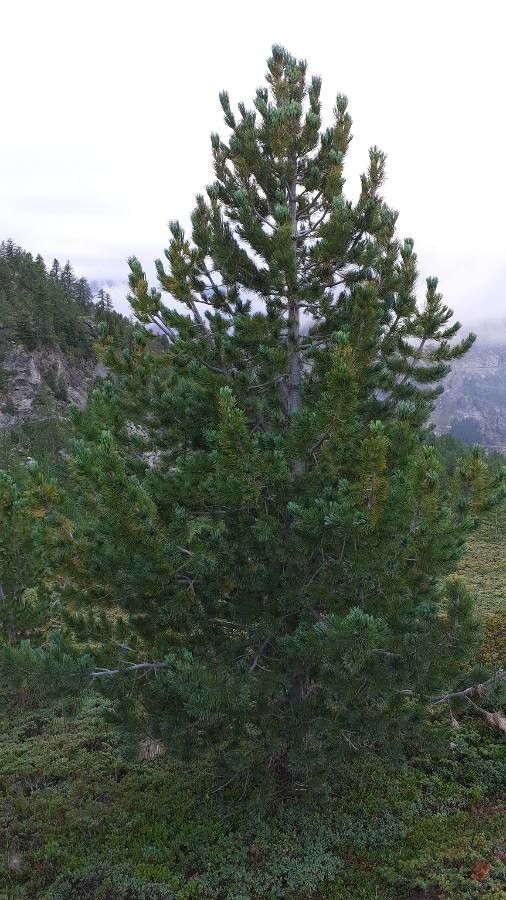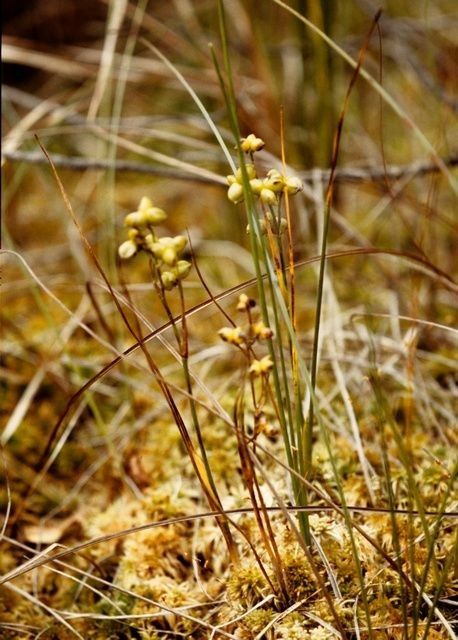## Large Hop Clover: A Comprehensive Guide
Large Hop Clover (*Trifolium campestre*), a member of the Fabaceae (legume) family, is a charming, low-growing wildflower often found in meadows, pastures, and disturbed areas across the globe. Its small, yellow flower heads resemble tiny hops, hence its common name. This unassuming plant offers a wealth of benefits for both gardeners and the environment.
### Identification
Identifying Large Hop Clover is relatively straightforward. Look for its low-growing habit, typically reaching only 6-18 inches in height. Its leaves are trifoliate, meaning they have three leaflets, characteristic of clovers. The flower heads are spherical and initially pale yellow, turning brownish-yellow as they mature. They are densely packed with small, individual flowers.
### Habitat and Growth
Large Hop Clover thrives in full sun to partial shade. It's highly adaptable to a wide range of soil types, tolerating poor and dry conditions. It's particularly suited to well-drained soils, although it can tolerate some moisture. This resilience makes it an excellent choice for low-maintenance landscaping and naturalized areas.
### Uses and Benefits
Beyond its ornamental value, Large Hop Clover offers several practical benefits:
* **Nitrogen Fixation:** As a legume, it enriches the soil with nitrogen, improving fertility for surrounding plants. This makes it a valuable addition to gardens and agricultural settings.
* **Pollinator Magnet:** Its abundant flowers attract a range of beneficial insects, including bees and other pollinators, contributing to a healthy ecosystem.
* **Erosion Control:** Its dense growth habit helps stabilize soil and prevent erosion, especially on slopes or disturbed land.
* **Ground Cover:** Large Hop Clover makes an excellent low-maintenance ground cover, suppressing weeds and preventing soil compaction.
### Cultivation and Care
Cultivating Large Hop Clover is simple. Seeds can be sown directly into the prepared soil in spring or autumn. Prepare the soil by removing any weeds or debris and lightly tilling the surface. Sow seeds thinly and rake lightly to cover. Keep the soil moist until germination, which typically occurs within 2-3 weeks.
Minimal care is required once established. Regular mowing is generally not necessary unless desired to keep the plant compact. Large Hop Clover is drought-tolerant once established, requiring infrequent watering except during prolonged periods of dryness.
### Pests and Diseases
Large Hop Clover is generally pest and disease resistant, adding to its appeal for low-maintenance gardening. However, overwatering can lead to fungal problems. Ensure good drainage to minimize this risk.
### Conclusion
Large Hop Clover offers a remarkable combination of beauty, practicality, and ecological benefits. Its ease of cultivation, resilience, and attractive flowers make it a desirable addition to any garden, meadow, or naturalized area. Its contribution to biodiversity and soil health makes it a truly valuable plant.
Large Hop Clover: Guide to Growing & Care

Frequently Asked Questions
How to grow large hop clover?
Sow seeds directly into prepared soil in spring or autumn. Keep the soil moist until germination. Minimal care is required once established; it's drought-tolerant.
Is large hop clover good for bees?
Yes! Its abundant flowers are a significant attractant for bees and other pollinators, supporting a healthy ecosystem.


